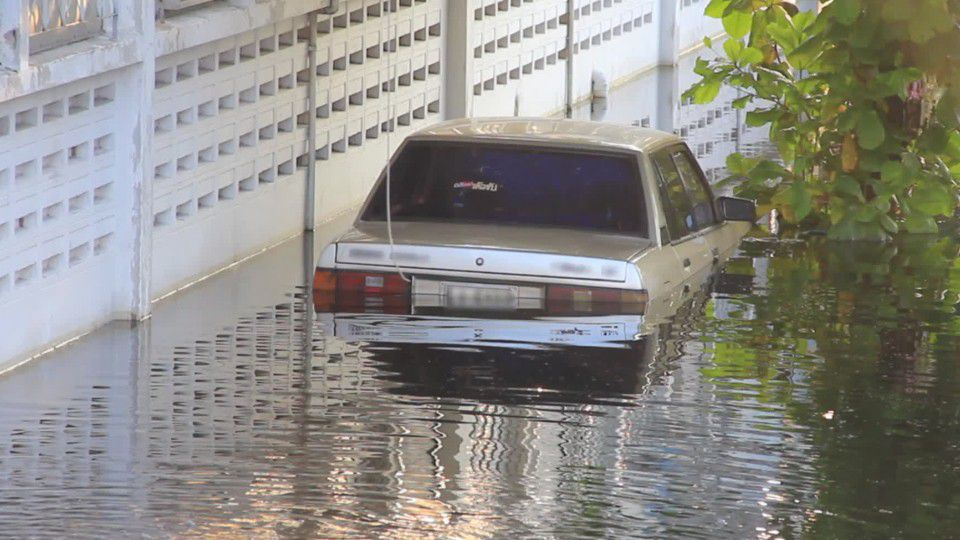
The danger of a storm is over, but what flooding or even a hurricane has left behind may need to be addressed.
Cleaning up the waterlogged damage may take longer than the storm itself and if not done correctly, could have longer-lasting effects.
The University of Minnesota Extension said you should shut off gas and electricity before starting to clean up, especially in flooded areas. Also try to wear rubber boots and have an electrician check your electrical systems.
But there are ways to clean up and dispose of items that were damaged by flood waters.
The Environmental Protection Agency has set up websites on what to do after a flood.
First, the EPA said try not to have contact with flood water as it may contain raw sewage and other hazards.
If you come in contact with contaminated flood water, you may get an upset stomach, intestinal problems, a headache and other flu-like symptoms, the EPA said.
If you have a septic system, don’t use the system until “water in the soil absorption field is lower than the water level around the house,” the EPA said.
You may need to disinfect your water. To do so, bring it to a full rolling boil for one full minute. For areas above 5,280 feet, increase the time to three minutes.
Don’t use well water until it’s tested and the tests come back safe.
Protection is key, especially when cleaning up mold situations.
The EPA, along with the Department of Housing and Urban Development, the Federal Emergency Management Agency, the National Institutes of Health and the Centers for Disease Control and Prevention, has developed a guide to help mitigate the spread of mold after a disaster.
You can download the guide here.
Key takeaways include:
- Wear personal protective equipment like goggles and gloves, and in some cases an N-95 respirator.
- Only use portable generators outside and away from a home to prevent carbon monoxide poisoning.
- Don’t live in the home until a mold clean-up is complete.
The EPA’s Indoor Environments Division also has a webinar on best practices for cleaning and drying out your possessions, explaining what can be do-it-yourself or when you need to get a professional’s help.
Try to remove standing water to prevent mosquitoes from breeding. Empty any container that has water, no matter how small, to help prevent the spread of mosquitoes and the diseases they might carry.
Before you throw anything that was damaged or destroyed away, take photos of all the property for insurance purposes, The Rhode Island Health Department suggested.
Wash curtains, bedding and clothing in hot soapy water and bleach when possible. Then dry completely.
Use clean water and shampoo to clean rugs and furniture if possible, and let them air dry.
Use household ammonium or household cleaners to remove mud and dirt left behind, the University of Minnesota Extension said.
Remove any carpeting, upholstered furniture, or even stuffed animals that have come in contact with flood water, the health department said.
Run bathroom and kitchen ventilators to help with airflow, the department said.
You will also want to check the building’s structure. Make sure there’s no cracking, settling and undermining of the foundation, the University of Minnesota Extension said.
Also look at floors, walls and windows, the extension office said.
Keep in mind that the cleanup may take months, and repairs even longer.
The University of Minnesota Extension said to wait at least six months after flooding to start remodeling, to give everything a chance to fully dry out.
©2021 Cox Media Group
"do it" - Google News
September 04, 2021 at 01:08AM
https://ift.tt/3BGgsfe
Cleaning up after flooding: how to do it safely - KIRO Seattle
"do it" - Google News
https://ift.tt/2zLpFrJ
https://ift.tt/3feNbO7
Bagikan Berita Ini














0 Response to "Cleaning up after flooding: how to do it safely - KIRO Seattle"
Post a Comment